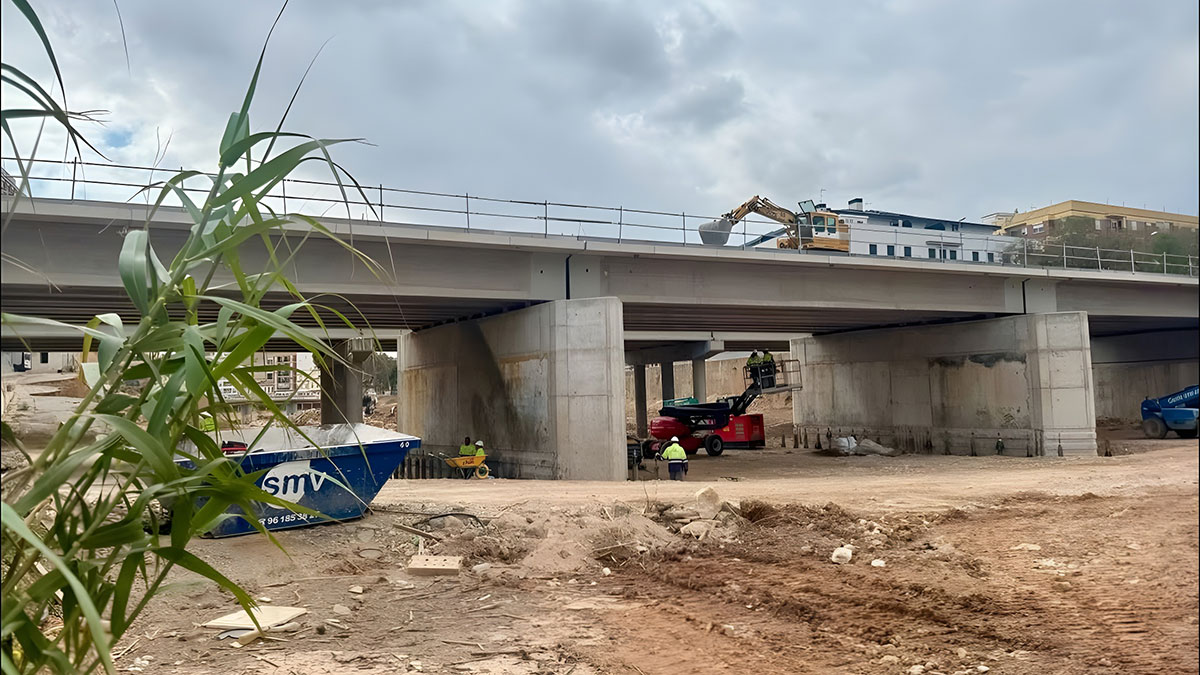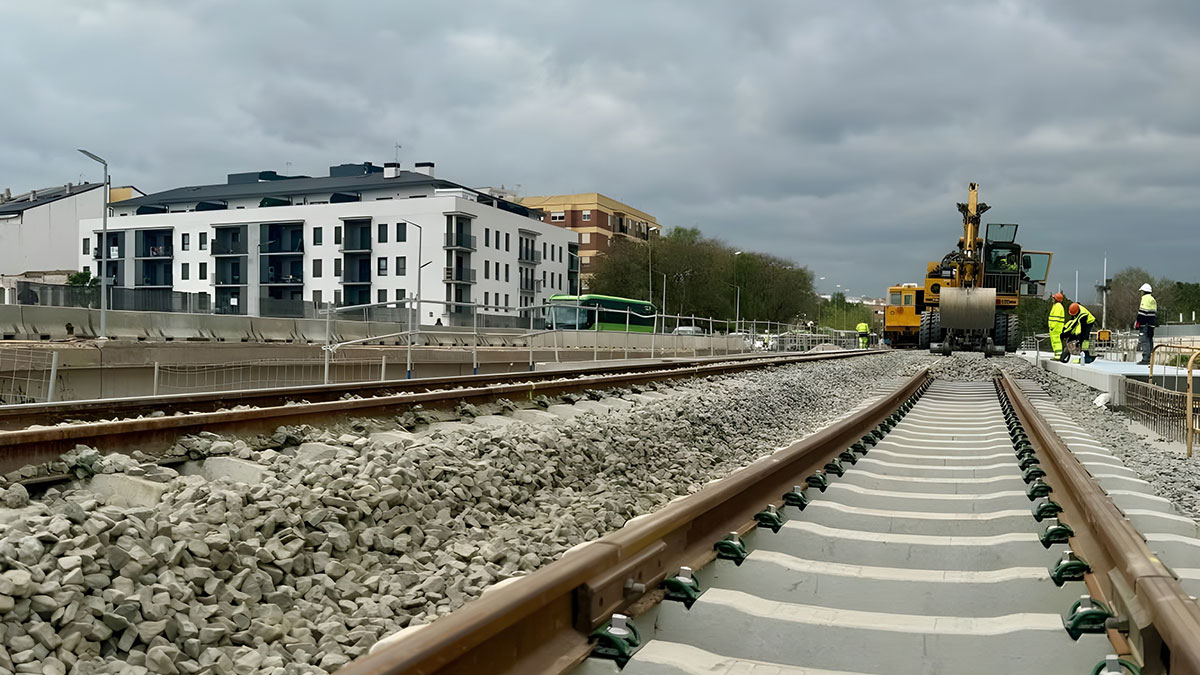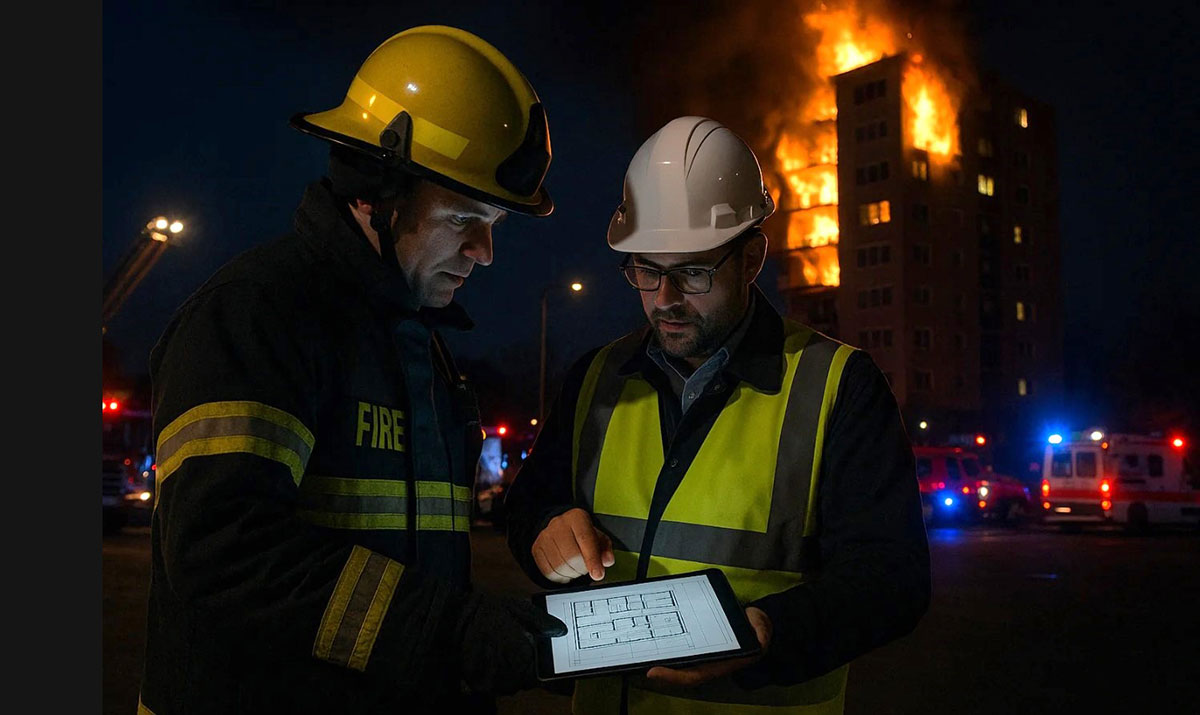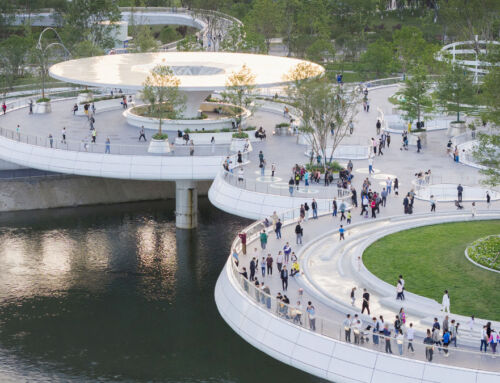BIM methodology (Building Information Modelling) is not only a useful tool – nowadays almost indispensable – for the architecture and construction of building projects, but also in the reconstruction of infrastructures damaged or destroyed by natural disasters.
Indeed, BIM methodology allows for accelerated damage assessment on the basis of up-to-date 3D models, serves in reconstruction planning with an integrated perspective, and in the documentation of post-disaster activities. As a general consequence, managing these contingencies with BIM methodology reduces reconstruction time and costs.

In addition, BIM models of the existing infrastructure, environment and buildings provide the competent authorities with resources for preventive management. Thanks to these, it will be feasible, even easy, to accurately detect vulnerable areas, to simulate emergency situations, or to plan preventive actions for future catastrophes. The latter include evacuation plans, detection of access routes for fire brigades, etc.
During the emergency, after the natural disaster, BIM information shared with the rescue resources will facilitate decision-making on actions to be taken, including those necessary to coordinate rescue teams. At the same time, it is information that can be used with advanced technologies, such as the use of drones or augmented reality.

By David González Molina, BIM manager in the Architecture Department of Amusement Logic






